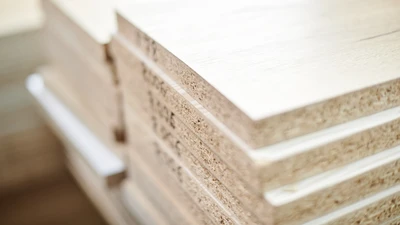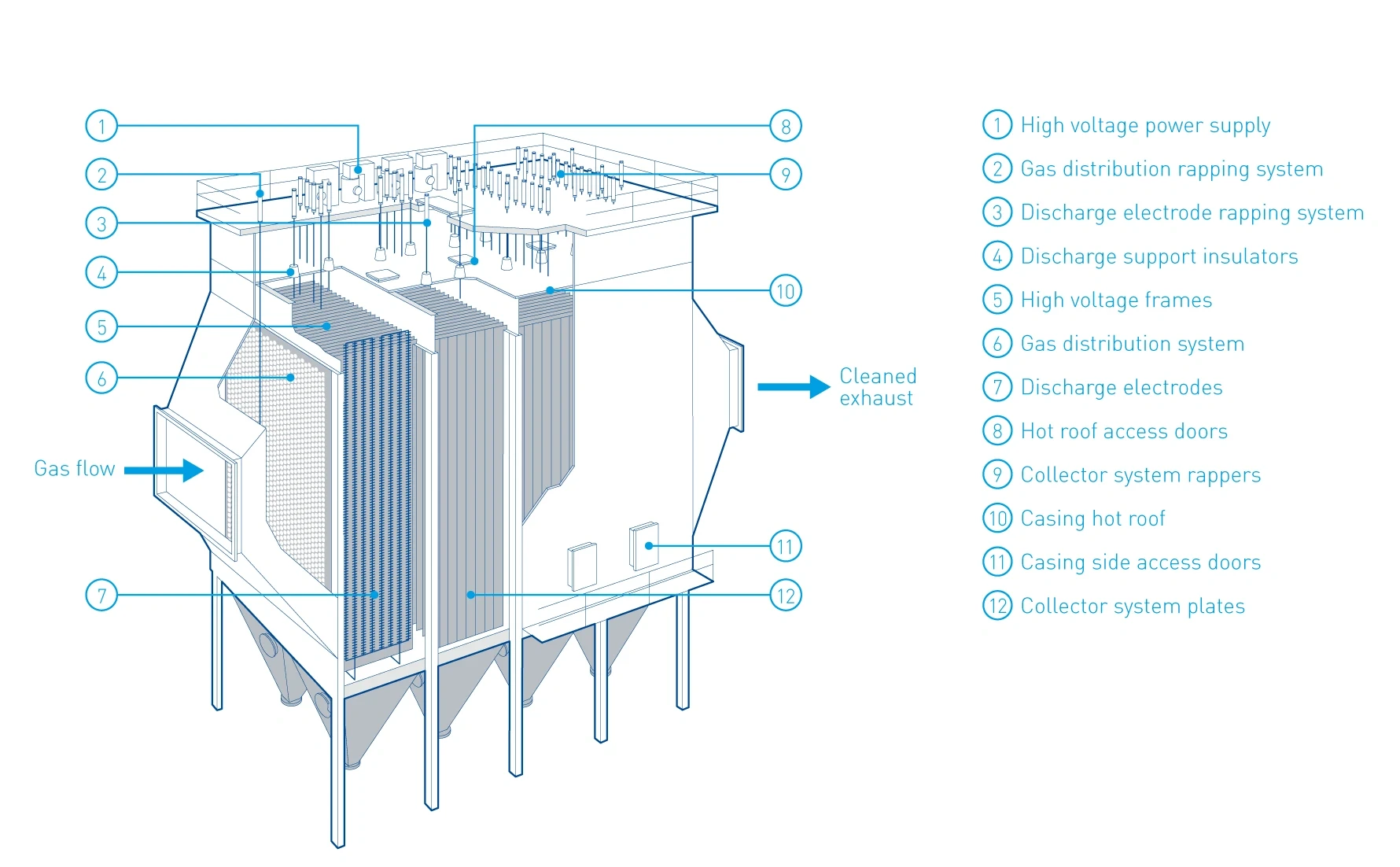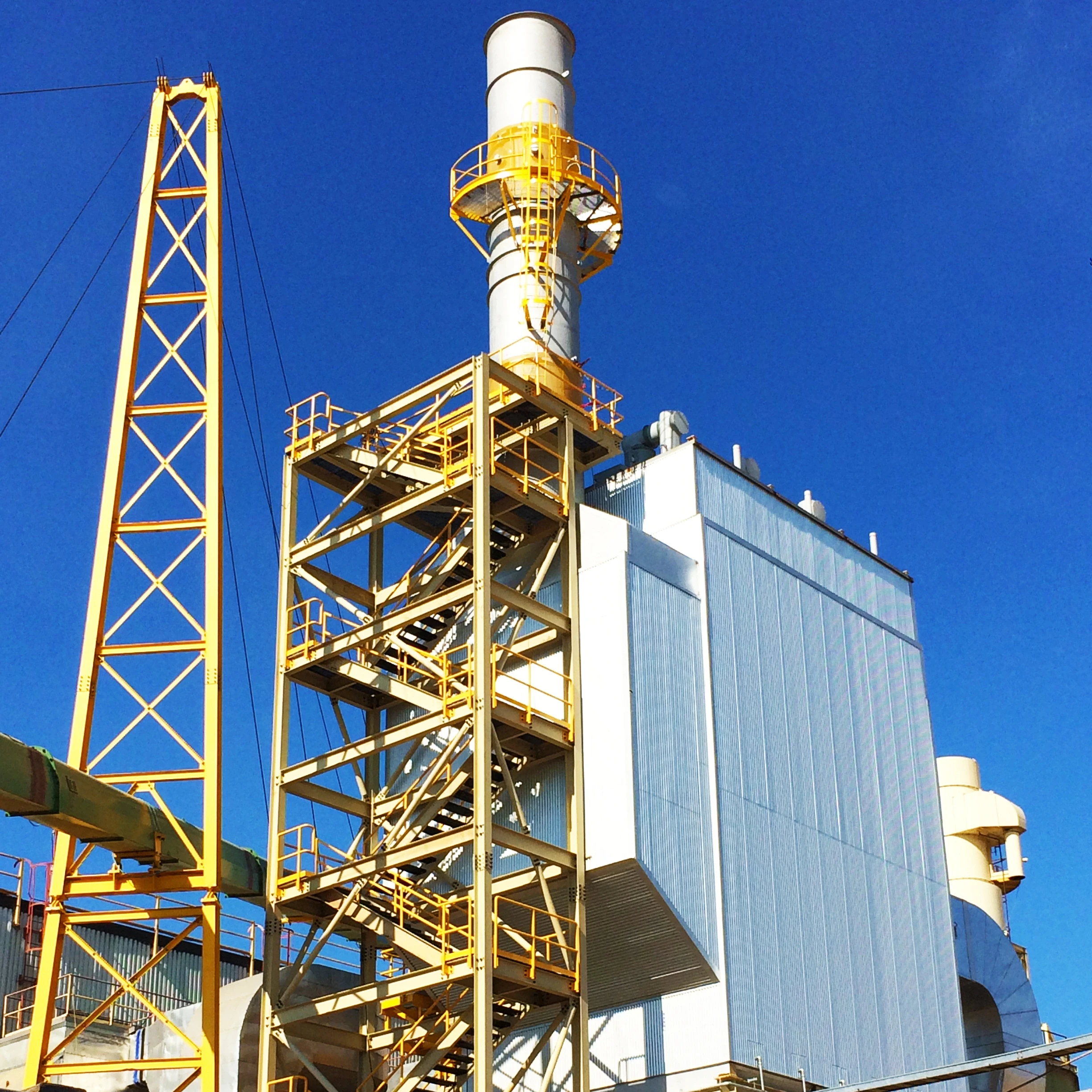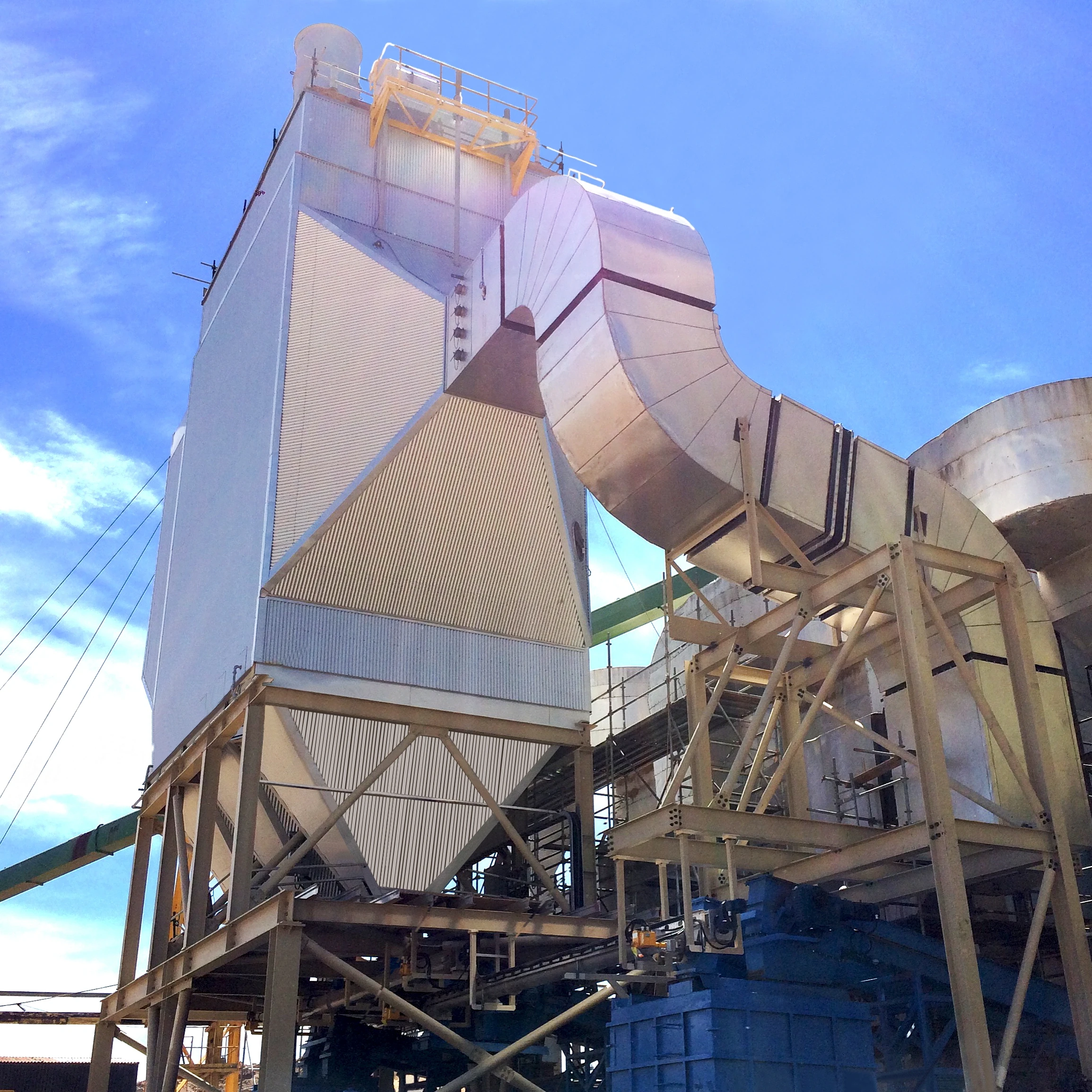
Dry electrostatic precipitator for a wood-fired boiler
Nov 9, 2020
Reduction of emissions at particleboard plant
Process knowledge drives customized environmental system that maintains production targets: Dürr Megtec specifies a dry electrostatic precipitator for a wood-fired boiler at a wood products plant in the northern region of North America.
The word “turnkey” has more than a few meanings. Too often, it is associated with “off-the-shelf,” “packaged” or “bundled” services and with equipment that is too often presented as good enough to solve a problem. Unfortunately, the approach often leaves performance issues and service gaps unaddressed.
The appropriate context for a true turnkey solution is one where experience provides the opportunity to offer a solution that delivers value by going beyond the standard build sheet. This is the perspective Dürr Megtec took in specifying a →dry electrostatic precipitator (DESP) for a wood-fired boiler at a wood products plant in the northern region of North America. The plant produces multiple kinds of particleboard melamine panels. The manufacturing facility has three wood waste boilers, each followed by cyclone dust collectors. Process gas from each set of cyclone dust collectors feeds into an induced draft (ID) fan; where the streams are combined and sent through a common duct connected to the stack. The Quebec Clean Air Regulation for wood waste burning equipment set the maximum particulate concentration (smoke and opacity) to 100 mg/Nm3. The Dürr Megtec dry ESP manages to emit no more than 35 mg/Nm3 and therefore makes meeting the restrictions easy.
Dürr Megtec installed a new DESP to treat the process gas from the three boilers and thereby reducing emissions at the plant. The new equipment was installed downstream of the ID fans and incorporated new inlet ductwork and an outlet plenum-mounted stack.
A DESP is well-proven technology and a reliable device for collecting and removing solid particles from an airstream. Particles receive a negative charge generated by corona from a discharge electrode, and are attracted to a grounding plate. Intermittent mechanical rapping is used to free the particles from the grounding plate and into a bottom collection system.

Plant performance and environmental requirements have to be in balance in order to hit production targets,” said Rodney Schwartz, Vice President Sales and Business Development Americas of Dürr Systems, Inc.’s Clean Technology Systems division. “Every Dürr Megtec dry electrostatic precipitator is matched to the customer’s specific needs. Here, our equipment had to be a direct fit to accommodate the customer’s requirements. The application was custom because it had to incorporate existing ash-handling systems, which were required to work in conjunction with the new equipment.
Dürr Megtec calculated the particulate matter emissions guarantee for different inlet dust load conditions based on the specifications of the customer regarding a given gas flow, process temperature and oxygen concentration.
“While the development stages for the project evolved, our engineering team gained further insight about the challenges the plant configuration presented,” Schwartz said. “This gave us the process details necessary to develop the right solution. We had to accommodate site-specific system requirements at the plant, which included access and ease of maintenance,” Schwartz added. “In addition, the plant footprint could not be changed. The job site required the team to design around existing equipment, which was removed at the tie-in phase during the final plant shutdown before the commissioning was completed.”


The Dürr Megtec DESP features a top-rapping design and three mechanical fields, each with one independent high-voltage frame. The final design has fields that measure 2.3m wide by 8.8m tall, an electromagnetic impact gravity return rapper (EGR) for cleaning the collecting plates, rigid electrodes, and gas distribution plates. The rappers are mounted on the top of the unit, along with three conventional transformer-rectifier sets – one per field.
While Dürr Megtec may use some standardized components, each customer requires a tailored environmental and material-handling solution.
Our ability to understand the absolute needs of the customer, coupled with learning the manner in which they would maintain the equipment, enabled us to provide a complete project experience,” Schwartz said. “Our customized and holistic approach made the customer comfortable with our ability to not only support them throughout every stage of the project and warranty period, but also for the years that follow. Projects such as this require openness from all parties to listen, adjust, and work together. The system has passed the environmental test requirements and has been operating in accordance with local legislation now for three years.



